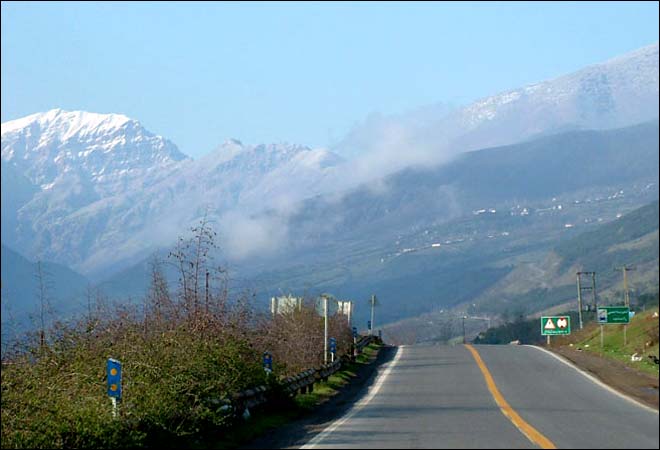.
.
.
Iran opens largest caviar plant in the world

Iran is traditionally known as the origin of premium caviar.
Presstv.com
. Iran
has opened a sturgeon farm described as the Middle East’s largest on
its Caspian coasts to produce high-end caviar -- the most prized luxury
delicacy reserved for the rich.
Iran
has opened a sturgeon farm described as the Middle East’s largest on
its Caspian coasts to produce high-end caviar -- the most prized luxury
delicacy reserved for the rich.
.
The aquafarm in Juybar in Iran’s northern Mazandaran province will yield 30 tonnes of the other “black gold” a year on top of 2,000 tonnes of sturgeon meat which is highly valued for its texture.
.
Iran’s Vice President Eshaq Jahangiri traveled to the Qareh-Burun farm established over five hectares of land and including 96 ponds to attend the inauguration on Monday.
.
Water will be supplied from the Caspian Sea which is the natural breeding ground for the best caviar producing sturgeon including beluga.
.
Almost all legally-traded caviar comes from farms amid a ban imposed by the Convention on International Trade in Endangered Species (CITES) on sturgeon fishing in the Caspian Sea.
.
Overfishing and poaching has dramatically reduced sturgeon stocks in the world's largest land-locked waters and put the “dinosaurs of the sea” on the brink of extinction.
.
Iran is traditionally known as the origin of premium caviar prized for centuries by the royal courts and the gentry.
.
Last year, the country produced 1.5 tonnes of caviar and 1,000 tonnes of sturgeon meat in its farms. Officials have set a target to harvest 100 tonnes of the salty delicacy in addition to 10,000 tonnes of meat.
.
Each kilo of the farmed Iranian caviar retails for 1,700 euros in the market, according to officials.
.
Sturgeon farming includes protecting females which take up to 18 years to become mature to produce eggs. Poachers usually leave those females to die along with the rest of their catch.
.
While the population of the sturgeon fish which produce caviar is dangerously depleted, global hunger for the commodity is growing.
.
Iran is credited with having a better regulation on fishing in the Caspian Sea. Last year, the country released 3.074 million sturgeon fingerlings into the sea from its hatcheries in line with its conservation program.
.

The aquafarm in Juybar in Iran’s northern Mazandaran province will yield 30 tonnes of the other “black gold” a year on top of 2,000 tonnes of sturgeon meat which is highly valued for its texture.
.

Iran’s Vice President Eshaq Jahangiri traveled to the Qareh-Burun farm established over five hectares of land and including 96 ponds to attend the inauguration on Monday.
.

Water will be supplied from the Caspian Sea which is the natural breeding ground for the best caviar producing sturgeon including beluga.
.

Almost all legally-traded caviar comes from farms amid a ban imposed by the Convention on International Trade in Endangered Species (CITES) on sturgeon fishing in the Caspian Sea.
.

Overfishing and poaching has dramatically reduced sturgeon stocks in the world's largest land-locked waters and put the “dinosaurs of the sea” on the brink of extinction.
.

Iran is traditionally known as the origin of premium caviar prized for centuries by the royal courts and the gentry.
.

Last year, the country produced 1.5 tonnes of caviar and 1,000 tonnes of sturgeon meat in its farms. Officials have set a target to harvest 100 tonnes of the salty delicacy in addition to 10,000 tonnes of meat.
.

Each kilo of the farmed Iranian caviar retails for 1,700 euros in the market, according to officials.
.
Sturgeon farming includes protecting females which take up to 18 years to become mature to produce eggs. Poachers usually leave those females to die along with the rest of their catch.
.
While the population of the sturgeon fish which produce caviar is dangerously depleted, global hunger for the commodity is growing.
.
Iran is credited with having a better regulation on fishing in the Caspian Sea. Last year, the country released 3.074 million sturgeon fingerlings into the sea from its hatcheries in line with its conservation program.